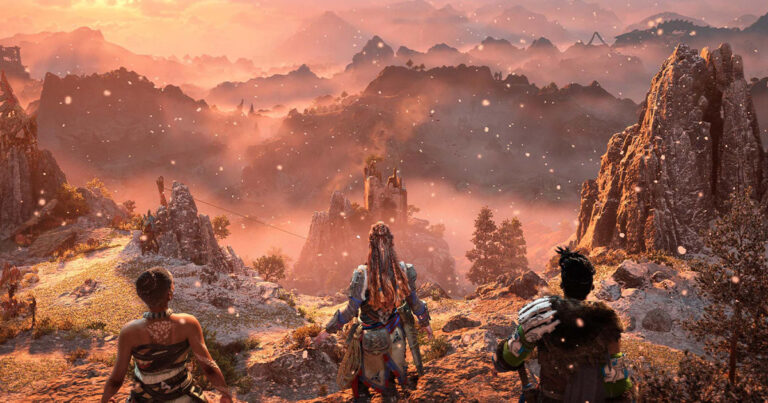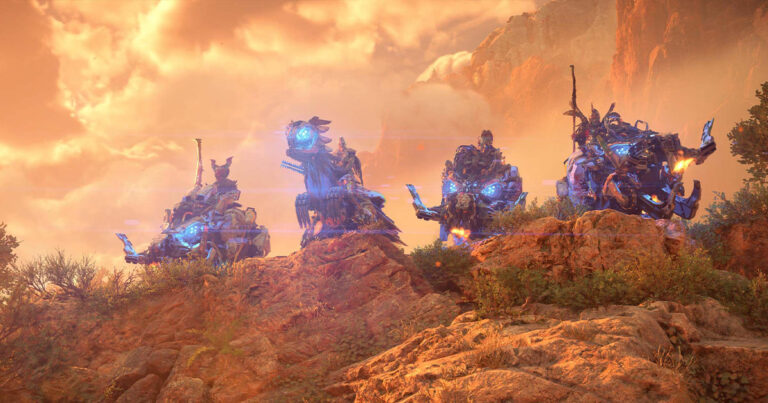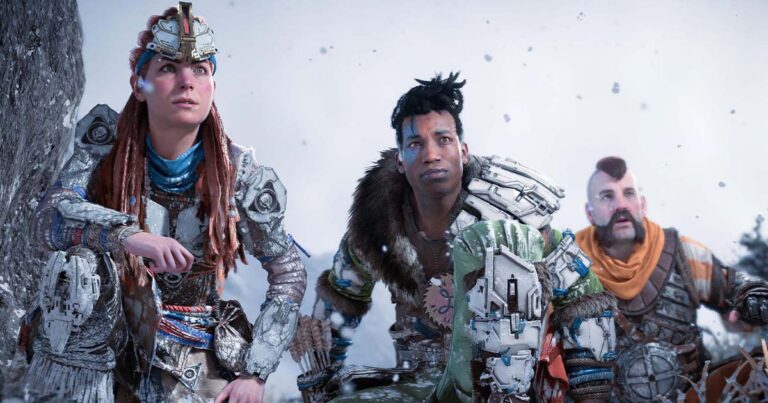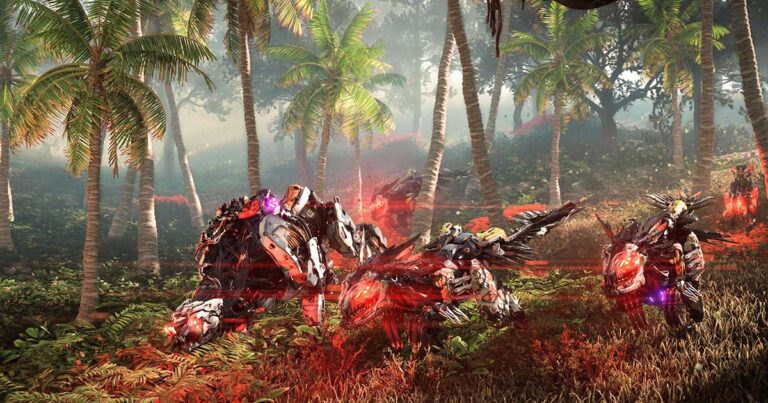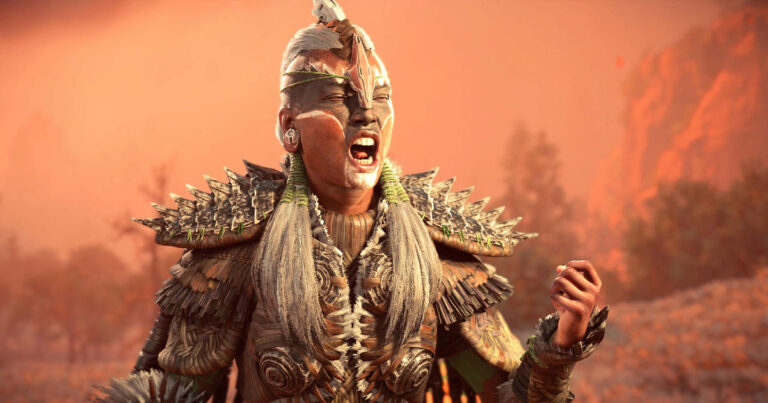Optus Mobile Review ALDI Mobile Review Amaysim Mobile Review Belong Mobile Review Circles.Life Review Vodafone Mobile Review Woolworths Mobile Review Felix Mobile Review Best iPhone Plans Best Family Mobile Plans Best Budget Smartphones Best Prepaid Plans Best SIM-Only Plans Best Plans For Kids And Teens Best Cheap Mobile Plans Telstra vs Optus Mobile Optus NBN Review Belong NBN Review Vodafone NBN Review Superloop NBN Review Aussie BB NBN Review iiNet NBN Review MyRepublic NBN Review TPG NBN Review Best NBN Satellite Plans Best NBN Alternatives Best NBN Providers Best Home Wireless Plans What is a Good NBN Speed? Test NBN Speed How to speed up your internet Optus vs Telstra Broadband ExpressVPN Review CyberGhost VPN Review NordVPN Review PureVPN Review Norton Secure VPN Review IPVanish VPN Review Windscribe VPN Review Hotspot Shield VPN Review Best cheap VPN services Best VPN for streaming Best VPNs for gaming What is a VPN? VPNs for ad-blocking Wait. Why am I talking about Assassin’s Creed II in a Horizon Forbidden West review? That’s because from early on in Horizon Forbidden West, played on PlayStation 5, I couldn’t stop feeling like this game was going to pull the Assassin’s Creed II codex rug from under me. I got this feeling when three sequential main quests had recommended experience levels, which was something I was determined to ignore. But I’m getting ahead of myself. Horizon Forbidden West is a sequel to Horizon Zero Dawn, and the slightly more sensical title doesn’t require you to play a bunch before you get what the mouthful of a game name means. Horizon Forbidden West picks up not long after the events of the first game and pits returning protagonist Aloy against the Inception of global threats: a threat within a threat. Well, more accurately, it’s a threat atop a threat, but one of those threats is a meaty spoiler (particularly for lore lovers of the first game) that I won’t ruin here, and the other is that there’s a red plague that ravages all life it touches. There’s a countdown to when this plague will devastate life as Aloy knows it, which adds urgency to a mostly intriguing overarching narrative. When you’re crouched, enemies seem to find it difficult to notice you, sometimes when you’re right in front of them, and I’ll never understand why square is crouch instead of circle, which feels like it’s crouch in almost every other game. This isn’t so bad when you accidentally slide or crouch instead of rolling out in the open world, but during the often tedious platforming—which feels like Uncharted’s restrictive climbing rather than Assassin’s Creed’s ‘climb anywhere’ mentality—I found myself having to remind myself to not press circle. That’s because when you’re climbing, circle launches you off whatever you’re holding onto, and that sometimes ends up meaning you have to redo entire sections or crunching to low health (or death). This forces you to stop and read before picking an upgrade, particularly after you’ve invested multiple precious upgrade points in a dud tree. This stop/look approach carries over to the gameplay, where every fight starts with Aloy loudly recommending you scan the threat, which is all well and good if you’ve got the drop on an enemy. But when you’ve been dropped into a boss fight, sometimes against multiple foes, stopping to scan, then D-padding through the component options and praying to the postapocalyptic gods that you have the right gear to make the fight less of an artificially inflated marathon, well, it ruins the pacing of the brawl from the get-go. In terms of the skill trees, I started investing in the melee tree because I’d watched a dev video suggesting the melee combat had been improved. Fair warning: that’s a big mistake if you’re a main-pather like me. Late in the game I found value in some of the melee upgrades, but they’re mostly not worth the risk of using against bigger baddies, and absolutely best avoided in almost every boss fight. While they’re different perspectives and distinct takes on postapocalyptic worlds—one against zombies, the other against robots—it was painful to shift between Dying Light 2 and Horizon Forbidden West. While Horizon Forbidden West smashes Dying Light 2 on the world-building, writing and voice-acting front, it falls well short when it comes to the all-important gameplay loop: namely, the abundance of combat and platforming. In Dying Light 2, it feels like the devs want you to make jumps, but it’s the opposite in Horizon Forbidden West. In Horizon Forbidden West, combat feels artificially difficult, particularly with a bare-bolts level system (enemies hit harder and take more hits; how original), while Dying Light 2 encourages you to choreograph a bloody ballet of, comparably, melee and bow combat that feels so much better and leads to so much more fun. Dying Light 2 has a ‘fun first’ approach overall, whereas Horizon Forbidden West has a stilted, stop/start approach to two of the biggest parts of its gameplay loop. In fairness, the game reiterates the level requirements a few times during the campaign, and it does invite you to do more side stuff when you get to the 20-minute final stretch. For context, at the end of that final stretch, I was level 25 and the final boss was level 45, easily able to one-shot me with most of its attacks, and incredibly resilient to my weapons. Initially, this boss wrecked me. Fair enough, right? After all, there’s a 20-level difference. But the most recent checkpoint is at the boss fight. In fairness, Horizon Forbidden West has a great save system that remembers a bunch of recent quick saves, manual saves and multiple auto-saves, so I could drop back to before the fight easily enough. Except I’d already fastidiously vacuumed up all of the pick-ups in this concluding section, and I couldn’t access my stash to nab my hoarded crafting items, so the only alternative was to wind it back to before the final section and do a whole lot of side content to get my level up. I decided to tough out the fight and eventually won, despite how the tactics Aloy continually espoused didn’t seem to work too well, despite running out of ammo for my heavier-hitting weapons, and in spite of this final boss having cheat attacks that ignore cover and seemingly home in on you. It was more relief than elation by the time I won that fight. It’s a bold choice that will surely pay off for the players who have the time and patience to tackle the game world as intended, clearing most or all of what’s on offer in each area (metroidvania requirements notwithstanding). But for the time-poor, story-focused gamer looking to stick to the main path and potentially tackle some of that side stuff later (which you can absolutely do, by the way), be warned you have a lot of frustrating bigger fights ahead of you that feel artificially elongated. Ultimately, Horizon Forbidden West isn’t a terrible game—far from it—but it is one that’s missed the memo on the all-important refinement and escalation of its gameplay loop, confusing the expansion of what you spend most of the game doing with simply offering more to do in the game world. When it works, it’s a compelling game world. When it doesn’t, Horizon Forbidden West is frequently just as frustrating as it is fun. I’ve honestly never played a PlayStation first-party game that’s felt like it needs more time in the oven. Days Gone had its issues, and Horizon Forbidden West certainly isn’t Cyberpunk 2077 or Battlefield 2042 in its lack of polish, but it does make you wonder why it’s being rushed out when more time could have refined bugs and potentially some of the gameplay issues. Here’s a breakdown of the buggy weirdness I encountered during my 30-odd hours with Horizon Forbidden West:
Temperamental interaction prompt angles and distance Aloy’s hair physics regularly jumping in cutscenes Aloy constantly staring at the sky when talking to people Stuck looting and had to use a limited fast-travel kit to escape Clunky mount controls: struggle to automatically follow roads and grind to a halt on pebbles Regular sticky corners while exploring and platforming Stuck in a skateboarding pose after a takedown (had to die to fix it) Camera zoomed in past Aloy’s character model during certain attacks Dialogue drop-outs; unintentional dialogue cross-talk; robot sounds disappeared (until I reloaded the game) A couple of crashes A boss charged and got stuck in the wall for the rest of the fight Robot and fauna pop-in when you’re metres away from them Frequent black loading screens, including one while I was mid-jump over lava Multiple infinite loading screens (had to roll back to an older save)
